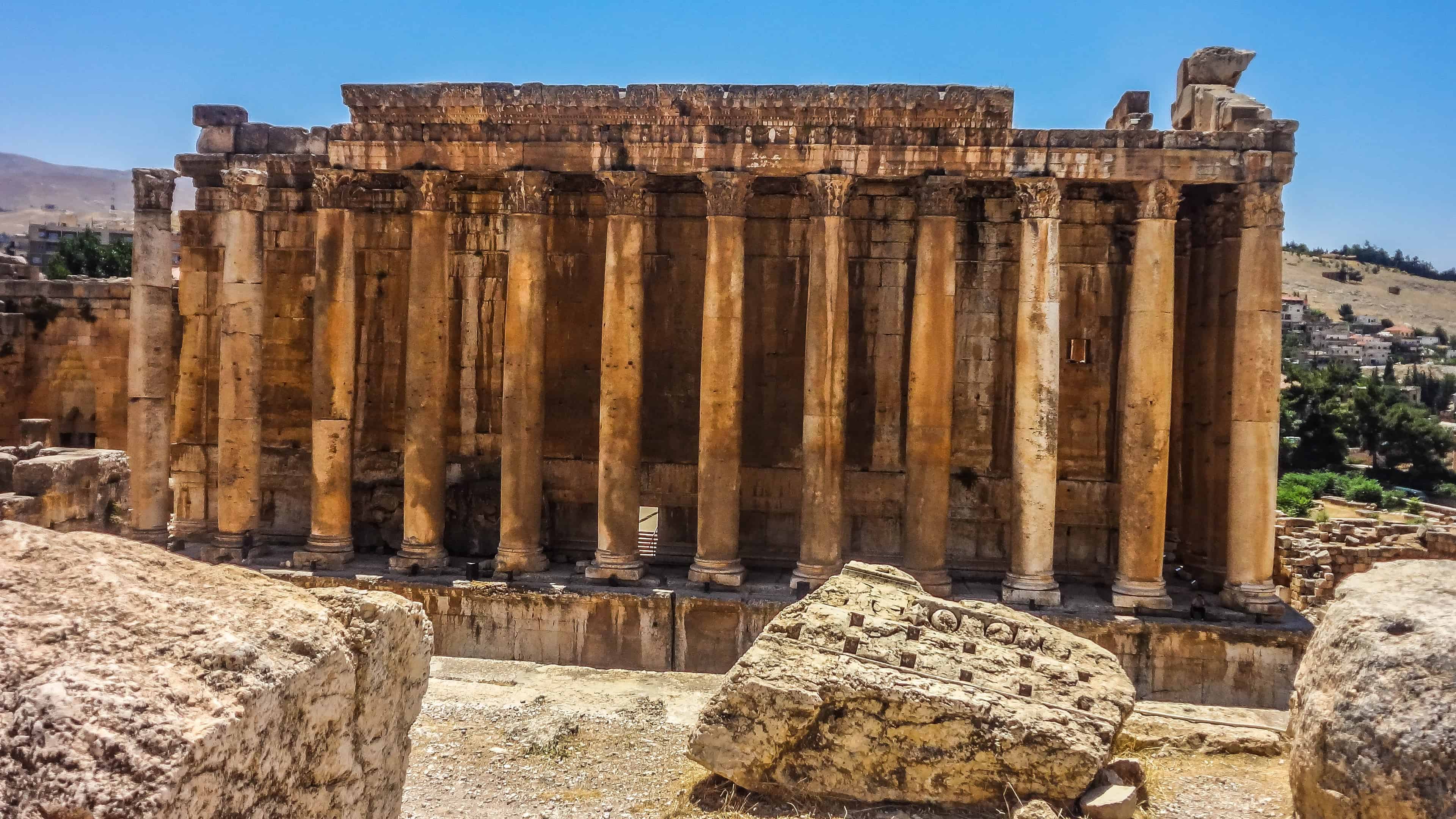Lebanon is one of the oldest countries in the world and home to ancient civilizations that date back to 3,500 BC. Although occasionally touched by violent conflict, the country's number of pre-biblical sites remain majorly preserved as UNESCO World Heritage Sites. Visitors don't need to be some archeologist to enjoy the country's most historic sites. For the visitor to Lebanon looking to tour its World Heritage Sites, here are four of their can't-miss best.
Tyre
 creativecommons.org/Frode Ramone
creativecommons.org/Frode Ramone
Tyre today is a dead city, but back in the third millennium BC, Tyre was the Phoenician 'queen of the seas'. It celebrated unprecedented wealth from far-reaching colonies and its industry selling purple dyed textiles--the first of their kind. Traders from Tyre went on to found Carthage and the city withstood invasion from Alexander the Great. After falling into the hands of the Romans, who built numerous monuments in the city. The city played host to Christian figures of the New Testament and eventually prospered under Islamic rule. The Tyre that visitor can tour today pays no justice to that past glory. It lies in ruins, but for the visitors that walk around them, the history here is palpable. The public baths, mosaic streets and civic buildings are still majorly intact and are able to be toured, although the Crusader cathedral and necropolis above the city ruins are also popular attractions for tourists.
Baalbek
 creativecommons.org/yeowatzup
creativecommons.org/yeowatzup
The modern day city of Baalbek may not seem UNESCO worthy, but its treasures lie on the outskirts of town. Baalbek is home to some of the most extravagant and well preserved examples of Imperial Roman architecture in the world. Historically, the city was known as Heliopolis, the City of the Sun. It was an average, albeit prosperous town, but it became known to the world when the Romans decided it would be the spot of a temple complex that would become a wonder of the ancient world. The temple complex ruins outside the city are actually made up of several different temples dedicated to the different gods of Roman culture. There is the Temple of Venus, the Temple of Jupiter, the Temple of Mercury and the Temple of Bacchus, where pilgrims and locals would leave offerings and prayers. In the centre of these temples is the Great Court that used to house mosaic walkways and a lush garden. These temple ruins are thought to be the largest religious complex in the entire Roman Empire. Considering their age, it is nothing short of remarkable how intact the ruins are today, especially considering how many times this holy place has been plundered over the centuries. Visitors can walk through the temples and the ruins of the courtyard to marvel at this piece of history.
Byblos
 creativecommons.org/ Elaine
creativecommons.org/ Elaine
Byblos competes with Damascus and Jericho as the world's oldest city, but it is still an issue of fierce debate on which is the winner. It has been stated that Byblos has been continually inhabited for thousands of years, starting from around 6,230 BC and continuing onwards. However, it is thought that people lived here long before, but archeologists can only reveal so much information from the ancient ruins. It was widely thought that Byblos was the first city of the ancient Phoenician civilization due to the many Phoenician temples, like the Great Temple and the Temple of Baalat Gebal. Visitors can also tour what is left of Byblos Castle, which was built in 12th century by European Crusaders. Around that same time the St John the Baptist Church was built. Aside from the old city ruins, visitors can find a piece of old history in the Historic Quarter of the modern Byblos, where merchants sell antiques along the cobblestone streets.
Umayyad Palace in Anjar
 creativecommons.org/ Eusebius@Commons
creativecommons.org/ Eusebius@Commons
Lebanon isn't just about their Phoenician, Roman or Crusade history. The Umayyad Palace in Anjar is the result of a completely different group of people - the Arabs. Originally, named the Ayn Gerrha, the Umayyad Palace was built to be given to Al-Walid ibn Abdel Malek, a Umayyad Caliph in honour of his successful conquests for the Arab Empire.
The Umayyad Caliphate helped the Arab Empire grow into one of the largest empires that world had ever seen, although they are rarely credited for it. The palace was built along the Lebanese-Syrian border as the coast was already far too built up at that time. Unfortunately, the same century it was built, the palace was abandoned. Today, the ruins still sit lonely and abandoned save for the thousands of visitors that flock here to tour this remarkably preserved piece of lesser recognized history.


